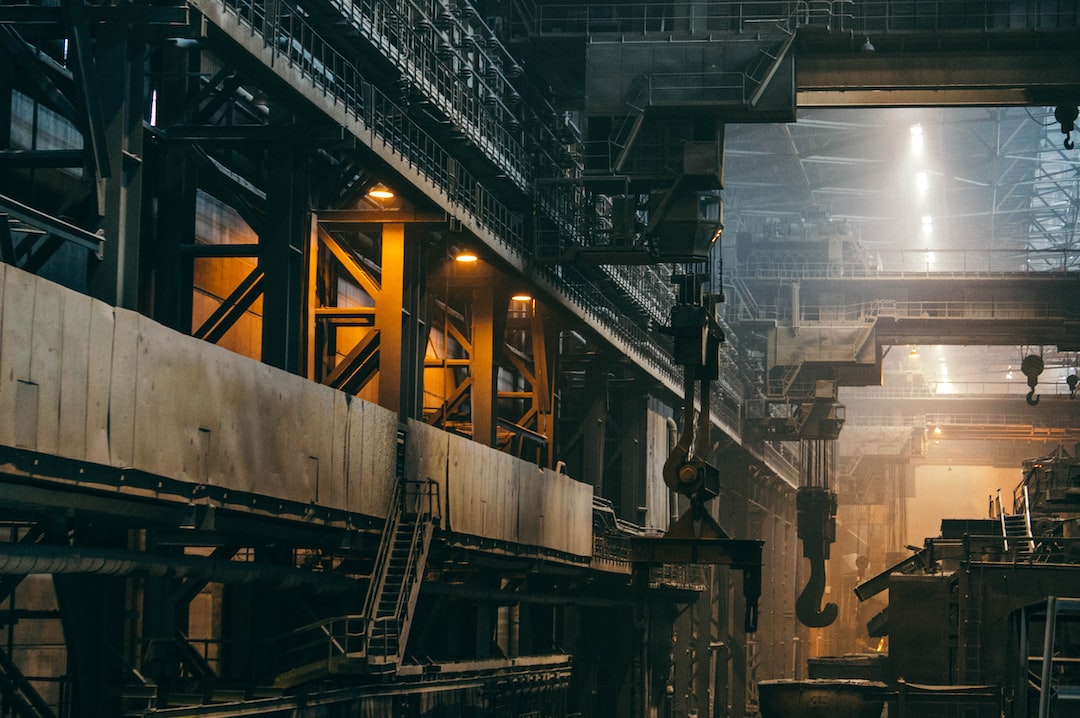Exploring the Role of Human Factors in Production Design
Production design plays a crucial role in creating an immersive experience for the audience. It involves the careful selection of sets, props, and overall aesthetics to bring a story to life. However, the success of production design goes beyond its visual appeal. The consideration of human factors is equally important to ensure that the design not only looks good but also functions well and enhances the overall experience for the audience.
When we talk about human factors in production design, we refer to the study of how people interact with their environment and the impact it has on their performance and well-being. This field of research takes into account various factors such as ergonomics, accessibility, and user experience. By considering these elements, production designers can create sets and props that are not only visually captivating but also practical and comfortable for the actors and crew members.
One important aspect of human factors in production design is ergonomics. Ergonomics is the study of how to design and arrange objects and spaces in a way that optimizes human well-being and performance. Production designers need to consider the movements and actions required by the actors and crew members in a scene and ensure that the sets and props are designed to accommodate those needs.
For example, in a film that requires extensive fight scenes, the production designer needs to create a set that allows the actors to move freely and perform their stunts without any hindrance. This could mean adjusting the size of hallways, ensuring the availability of props for action sequences, and placing the camera in a way that captures the action effectively. By applying ergonomic principles, production designers can create sets that not only look authentic but also promote safety and ease of movement.
Accessibility is another crucial aspect of human factors in production design. Production designers need to consider the needs of all individuals on set, including those with physical disabilities. This involves creating sets that are wheelchair accessible, providing ramps or lifts where necessary, and ensuring that props and equipment are within reach for everyone. Ignoring accessibility can exclude individuals from fully participating in the production process and can be seen as a form of discrimination.
Moreover, incorporating user experience principles in production design can greatly enhance the overall quality of a production. User experience focuses on understanding how people perceive and interact with a product or environment. Production designers can apply these principles to create sets that evoke the desired emotional response from the audience. By carefully considering lighting, color choices, and spatial arrangement, production designers can create sets that enhance the mood and atmosphere of a scene.
For instance, a horror film may utilize dim lighting, dark color schemes, and cramped spaces to create a sense of fear and discomfort. On the other hand, a romantic comedy may opt for bright, warm colors and open spaces to evoke feelings of joy and happiness. By understanding the psychological impact of specific design elements, production designers can create more engaging and immersive experiences for the audience.
In conclusion, human factors play a vital role in production design. By considering ergonomics, accessibility, and user experience, production designers can create sets and props that not only look visually appealing but also function well and enhance the overall experience for the actors and the audience. Incorporating these factors in production design ensures that the design is practical, safe, and inclusive, ultimately contributing to the success of a production.
